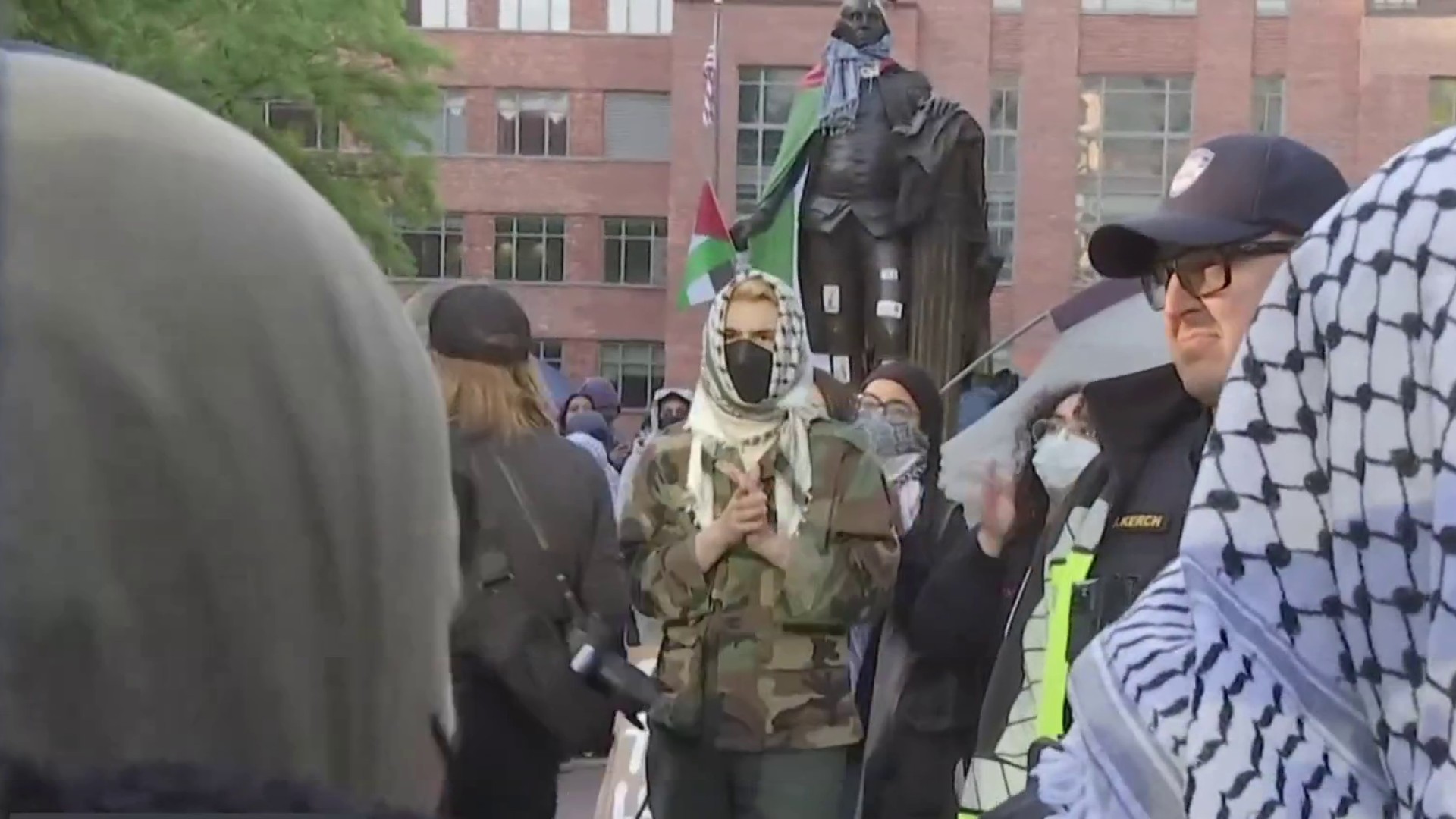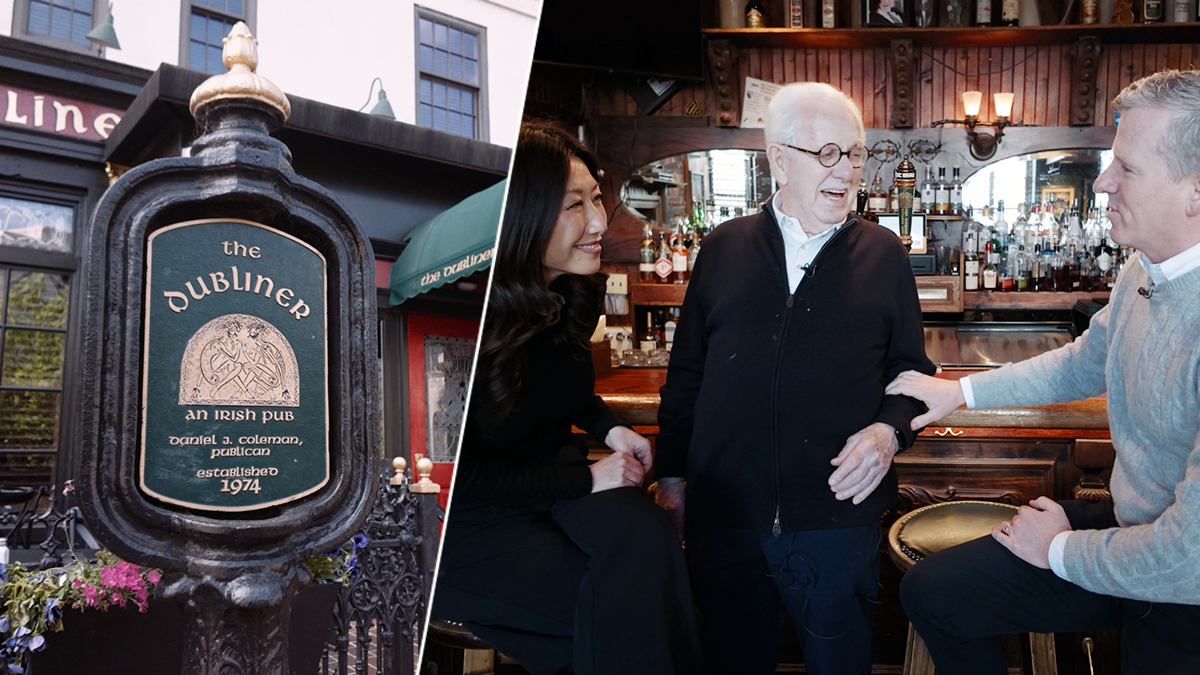News4 takes a look back at the 1968 riots with the residents and first responders who witnessed the days after Dr. Martin Luther King's death and others who are working to preserve the history of the year.
It's been 50 years since Dr. Martin Luther King Jr. was assassinated in Memphis, Tennessee, but the memory of what happened next lingers with Washingtonians who witnessed the anger, sadness and frustration that flooded the streets in the days to come.
Steve Souder had been a firefighter in the District for a few years, but April 4, 1968, was his first day working in the communications center. He'd only been at his radio for a few hours when the news hit: Dr. King had been killed.
"And kind of a still came over the room, and at daylight, things started to accelerate very quickly," Souder said.
For the six days that followed, residents broken by the death of the Civil Rights icon took their anger to the streets. Over 900 emergency calls were made for blazes around the city in the first few days of the riot.
Looters shattered windows at businesses in Columbia Heights, and along the U Street and H Street corridors.
Local
Washington, D.C., Maryland and Virginia local news, events and information
"There may be 25 or 30 young people or people just walking the street, just expressing their frustration and being destructive, actually. It literally destroyed this neighborhood. It was a scary time," said Virginia Ali, co-owner of Ben's Chili Bowl, a D.C. institution and landmark on U Street.
Hundreds of buildings were destroyed, thousands were injured and 13 were killed.
"It was sad, very sad. It didn't look like nothing in America. It looked like something I had seen overseas," said Nurney Mason, the retired owner of Mason's Barbershop on H Street.
Marya McQuirter was just a toddler in 1968, but she is working to make sure other historic moments in 1968 are not forgotten.
"What gets lost is the fact that before, in some cases during and right after the uprising, a number of institutions were created, built, groundbroken in 1968," said McQuirter, who created the DC1968 project.
Since Jan. 1, 2018, McQuirter has given her viewers a look at what life was like in the District 50 years ago.
Other residents are also invited to share their memories of the year on her site. Click here for more information on the DC1968 project.



